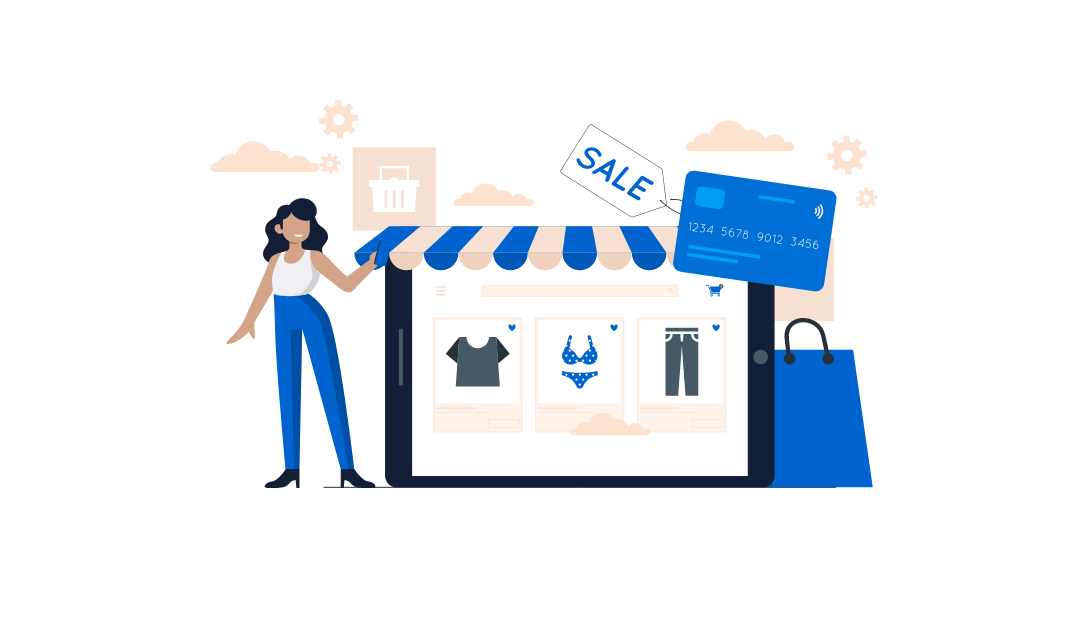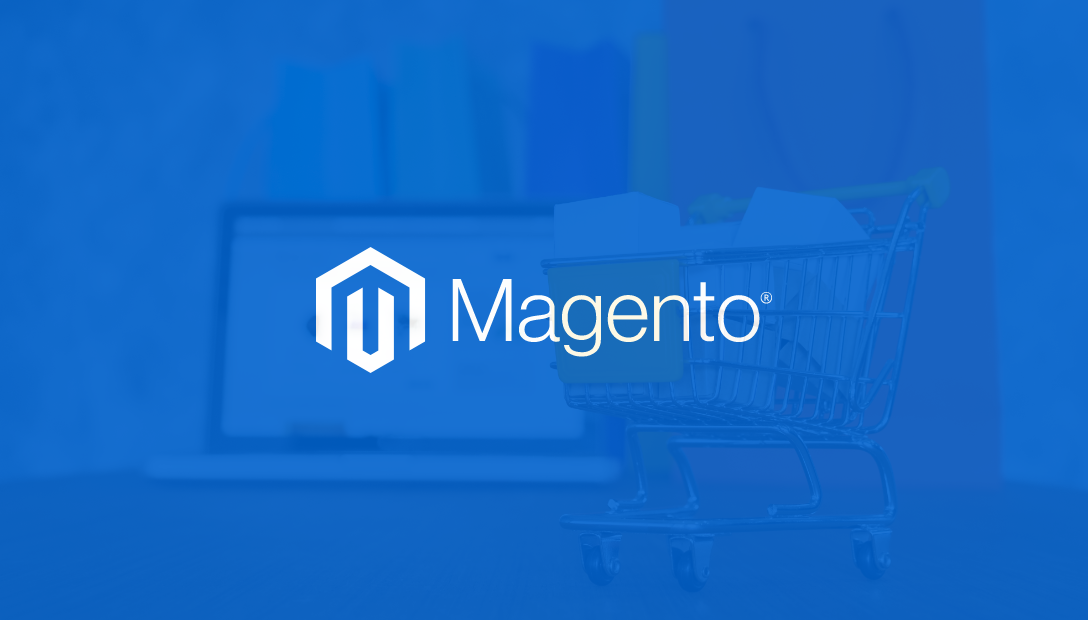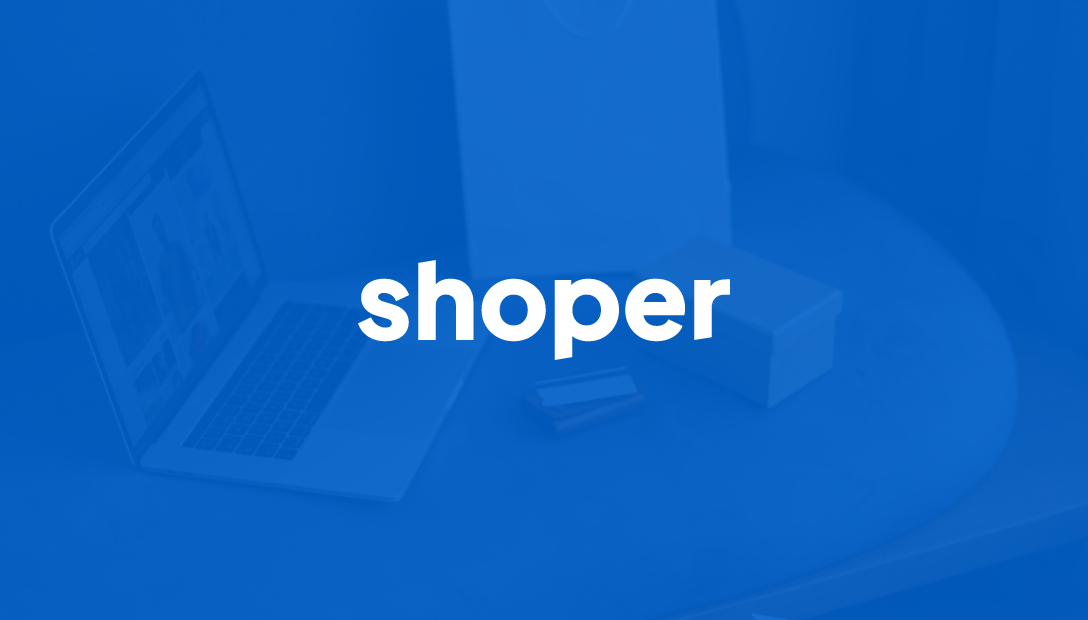Entering the online commerce market requires, among other things, choosing an e-commerce platform. In this text, we will look at a couple of popular solutions and consider what advantages, but also disadvantages, they have.
Prestashop
Pretashop was created in 2007. Its advantages have made it a very frequently used e-commerce platform in Poland. As experts point out, it is the preferred solution for small and medium-sized companies. Pros:
- Free installation.
- It's a type of open source platform, which makes it very flexible and gives room for the user.
- It offers a sizable selection of modules that are available by default, without the need to download them.
- The platform offers a wide range of different plug-ins and extensions for download. These help further expand the platform's capabilities.
- Offers default support for multiple stores without the need to install any paid modules or extensions. Minuses:
- Configuration can be quite complicated in some cases.
- More advanced modules and templates are chargeable.
- Medium level of scalability.
WooCommerce
WooCommerce is a product that was created in 2011. Today, however, one of the top solutions - not only in Poland, but also in the world. What made it so successful? First of all, unlike its competitors, WooCommerce is not a standalone platform, but a plugin that runs on WordPress. The latter, in turn, is the world's most widely used content management system (CMS), which is used to design and manage websites. WooCommerce is therefore even a natural choice for WordPress-based sites. Pros:
- It's a free solution
- An open source platform, which increases its flexibility.
- It's very easy to use and maintain.
- Includes templates that make it easy to use.
- It has an integrated blog. This is very important, as proper maintenance of this type of blog can make it easier to draw traffic to our site. Minuses:
- Most of the plugins are paid.
- No support for multiple stores by default.
- More advanced features require multiple extensions.
- Medium level of scalability.
Shopify
Shopify is one of the longest running solutions in this list. It was established in 2006. It is a platform rather for small entrepreneurs. According to the company itself, it is used by more than 800,000 e-shops in about 175 countries. Pros:
- We are provided with hosting on Shopify's server.
- Simplicity of setup, which makes the whole process manageable for someone with low tech skills.
- Offers multiple online store templates.
- High level of customization.
Minuses: - Use of Shopify is not free - a months subscription is required.
- Commissions per sale.
- Not open source, which reduces the flexibility of the platform.
- Does not offer support for multiple stores by default (only available in Shopify Plus).
- Low level of scalability.
Adobe Commerce (formerly Magento).
Adobe Commerce still as Magento was established in 2008. It offers a free service for medium-sized businesses and a paid version, however, which is designed for larger companies (such as those operating internationally). Pros:
- Default support for multiple stores.
- Huge number of templates and advanced features.
- Very high level of scalability.
- High level of customization. Minuses:
- Most of the plugins are paid.
- Installation is a complicated process that requires programming knowledge.
- Requires very powerful hosting.
OpenCart
OpenCart is an open source platform. It is a fairly simple to use system. It is designed for medium-sized businesses. Pros:
- Many additional components.
- Great flexibility when it comes to customizing OpenCart for your needs.
- Easy to use dashboard.
- Offers support for multiple languages and currencies. Minuses:
- This is a platform for developers, people with more technological knowledge.
- Necessary extensions are quite expensive.
- Customer support not very advanced.
How to automatically book bank transfers?
In the process of booking bank transfers, you can use Transferlink, which will monitor incoming transfers in your bank account and then match them with orders in the store. On top of that, it will immediately mark the relevant invoices as paid and the orders in the online store as ready for shipment. This saves a lot of time for you, as you no longer have to manually check individual transfers. In addition, the tool automates the entire process and reduces the risk of mistakes to almost zero. You can find more information at this link.





